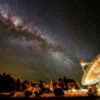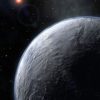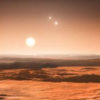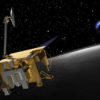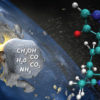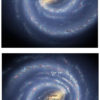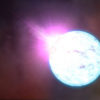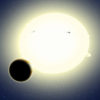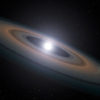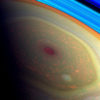Mysterious bursts of radio waves detected on Earth may be coming from magnetars, say the scientists who first detected them. The international team of astronomers behind the discovery, writing in the journal Science, explain that the characteristics of the bursts indicate they come from sources billions of light years distant. “A single burst of radio […]
